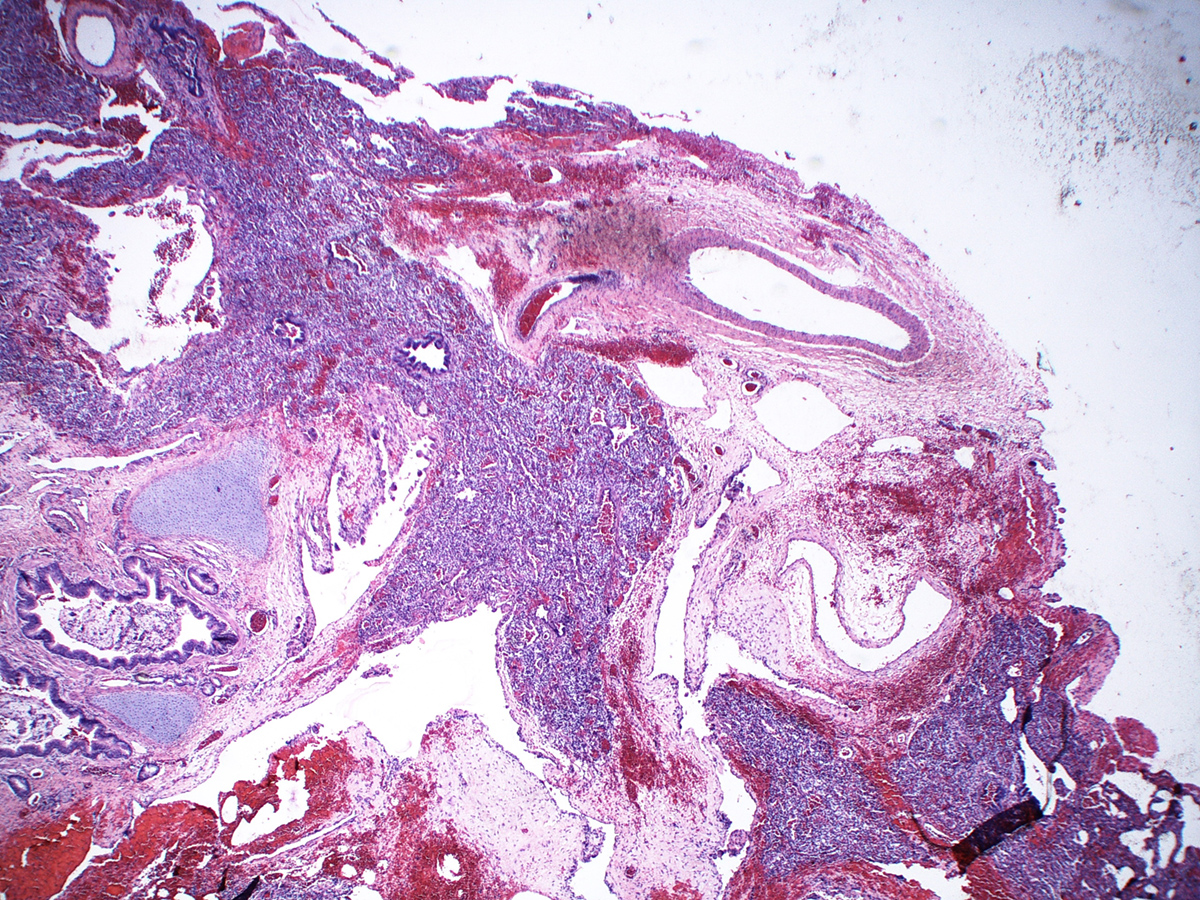
Lung structure and function 101
Lungs are somewhat similar to a tree. Each lung receives air from a major airway known as bronchus. Bronchus could be regarded as the trunk. It then branches into many smaller airways (just like branches of the tree) that end in very, very small sacks known as alveoli. This is where breathing takes place. Walls of these sacks are very thin and contain many almost microscopic blood vessels. This means that there is a very thin, easily passable barrier between blood and air, and it is easy for carbon dioxide to escape from blood into the air in the alveoli, and for oxygen from the air to enter blood.Pulmonary fibrosis
Pulmonary fibrosis is condition where walls of these air sacks become irreversibly scarred. Alveoli walls are elastic and act like balloons, stretching and compressing whenever we inhale or exhale, thus taking fresh air in or drawing stale air out. If scarred, their elastic properties are dramatically lessened, which makes breathing much more difficult.
Scarring of air sacs is normal, and healthy organism can and does repair these scars. In pulmonary fibrosis, it does not. Further problem with scarring is that it also reduces blood flow to the alveoli. Blood vessels become separated from the air contained in the alveoli by scar tissue and blood cannot exchange gases with the air in the sacs. Breathing is therefore both difficult and inefficient.
Causes of scarringScars can be caused bu various factors. Many professions include prolonged exposure to airborne toxins and pollutants that damage lungs. Small amounts of radiation and various chemotherapy drugs used in cancer treatment are also known to cause scarring. Medications for cardiovascular problems and heart arrhythmia, as well as some antibiotics are also known to trigger scarring processes. Various medical conditions, such as acid reflux, pulmonary infections, and disorders that cause system-wide tissue damaging are also frequent causes of pulmonary fibrosis.
In some cases, cause of pulmonary fibrosis can remain unknown. This condition is known as idiopathic pulmonary fibrosis. There are various theories for what triggers this form of pulmonary fibrosis. Factors that are believed to cause idiopathic pulmonary fibrosis are age (it usually affects middle-aged and elderly people) and sex (it is more common in men), smoking, occupational hazards (miners, farmers or construction workers are in daily contact with airborne toxins and particles with troublesome properties), exposure to radiation or chemotherapy treatment, genetic factors and viral infections.








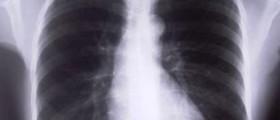
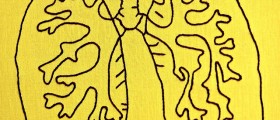


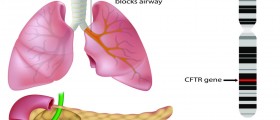



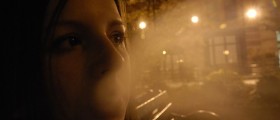
Your thoughts on this
Loading...